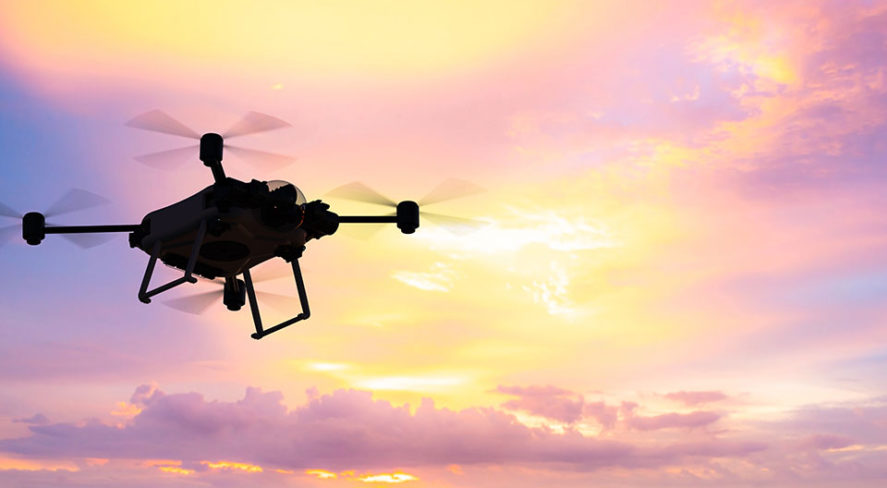3 Tips for Evaluating Mobile Drone Detection


In the past, drones were only used for military purposes. Today, they are so accessible and affordable that businesses, hobbyists and, unfortunately, bad actors continue to find new ways to use them.
Hobbyists may not have bad intentions, but they are sometimes misinformed or careless. The Federal Aviation Administration (FAA) has issued regulations that all drone pilots must follow. Even still, there have been numerous incidents in which hobbyists have put others in danger by, for example, preventing emergency medical services helicopters from landing, blocking aerial support for firefighters during wildfires and landing drones near active runways.
In the case of bad actors, it’s easy for them to buy a drone and modify it to carry weapons or contraband. Drone technology is advancing, and payload maximums are increasing, which creates additional public safety concerns and questions about how to protect against drone threats.
While fixed drone detection systems can protect a single location, drones can be anywhere, so there is a use case for drone detection anywhere. This is why mobile drone detection has become an urgent need. Here are three tips to consider when evaluating mobile drone detection solutions:
- Some of the commercial solutions available today look like military vehicles or shipping containers with bulky equipment mounted to them. If you’re looking for something truly mobile, a shipping container might not be the best option. When deploying security technology, it’s usually a good idea for that technology to be as subtle as possible. We’ve all seen movies in which the bad guy cuts the power before breaking into a house. Bad actors look to disable security equipment before launching an attack, so it’s in your best interest to choose something discreet.
- The same regulations that govern fixed drone detection systems apply to mobile drone detection systems. Unless you are with the U.S. Department of Defense, Department of Energy or Department of Homeland Security, it is illegal under FAA and Federal Communications Commission rules to affect the flight of a drone. Although physical mitigation and signal jamming might seem like easy solutions, these approaches can create a more dangerous situation for which you are now responsible. The interception of radio communications or acquisition of the contents of electronic communications is prohibited, yet there are numerous drone detection solutions on the market today that violate this by extracting some information from the drone communication channel. The bottom line is that the best mitigation is generally to use a drone detection system to find the pilot and encourage him or her to land the drone.
- You should also consider sensor deployment complexities relative to size, power and network requirements. Drone detection sensors need to be above obstructions and away from heavy radio frequency (RF) traffic, if possible. Temporary deployments in urban areas require permission from building owners to place sensors on rooftops. The bigger the sensor footprint, the more difficult the placement. RF traffic such as Wi-Fi, streaming video and Bluetooth affects the ability of sensors to detect drones. Make sure the drone detection system can work in heavy RF environments without being rendered ineffective or generating too many “false alarms.” Security staff are rapidly desensitized to alerts if there are an excessive number of nuisance alarms.
Linda Ziemba is the founder and CEO of AeroDefense.
The views and opinions expressed in guest posts and/or profiles are those of the authors or sources and do not necessarily reflect the official policy or position of the Security Industry Association (SIA).
